Traditional Crafts and Industries of Nara
Fine items that breathe the spirit of the Old Capital
Kogakumen Masks (Masks of Early Music)
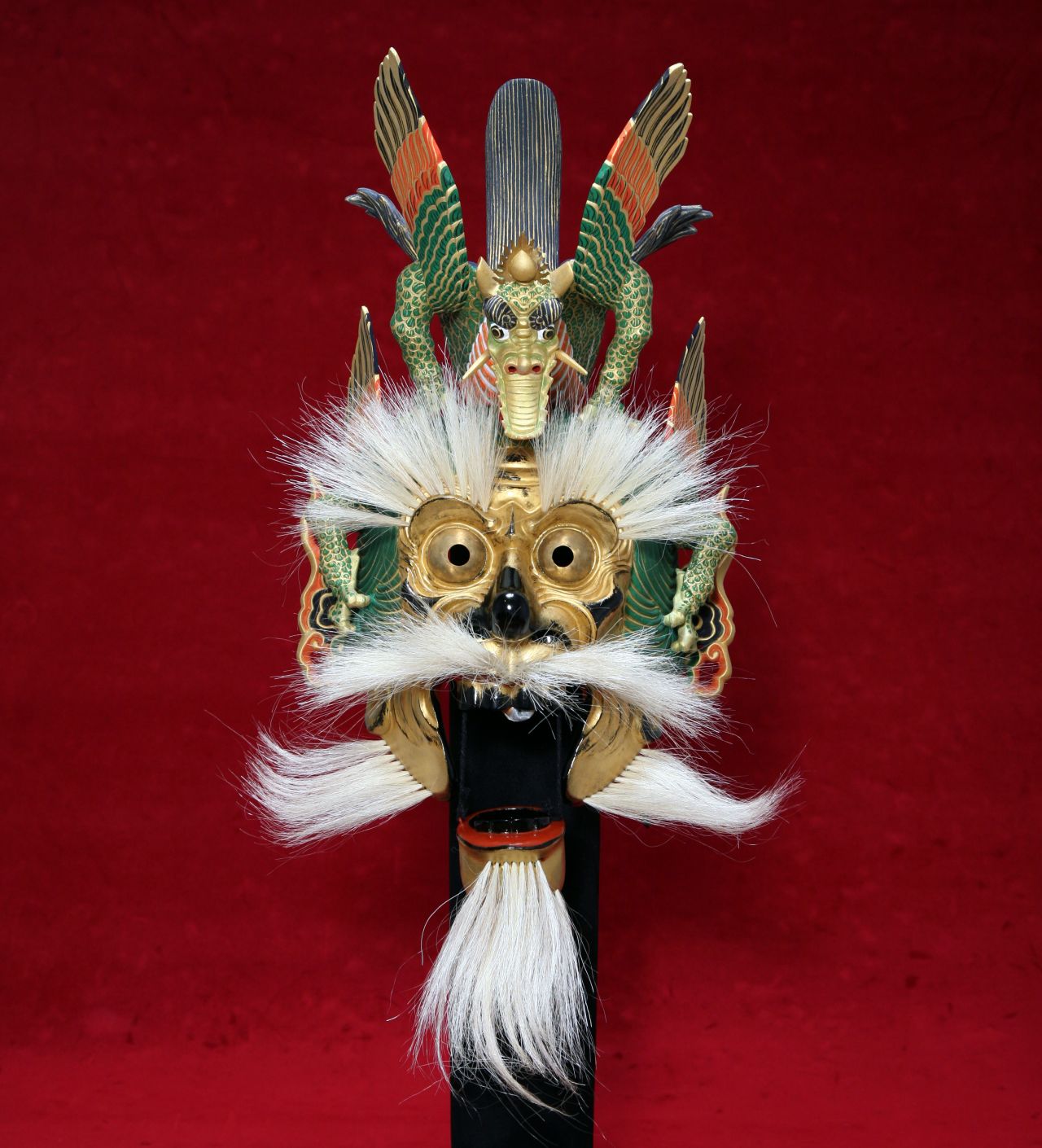
During the reign of Empress Suiko in the beginning of the 7th century, ancient masks entered the country from continental Asia as one of the Buddhist arts, along with Buddhism itself. Kogakumen masks are made primarily for ornamental purposes, imitating these ancient Japanese masks used in bugaku and gigaku (dance and music performed for the imperial court and temples). On the other hand, some artists create wooden masks that can be used in Noh and Kyogen performances.
Mosquito Nets
The mosquito net was introduced from Tang China and from the mid-17th century, it became to be known as an oji-kaya (large area mosquito net). In 1877, cotton mosquito nets were produced, and they became the foundation for the development of Nara mosquito nets.
Akahada Pottery
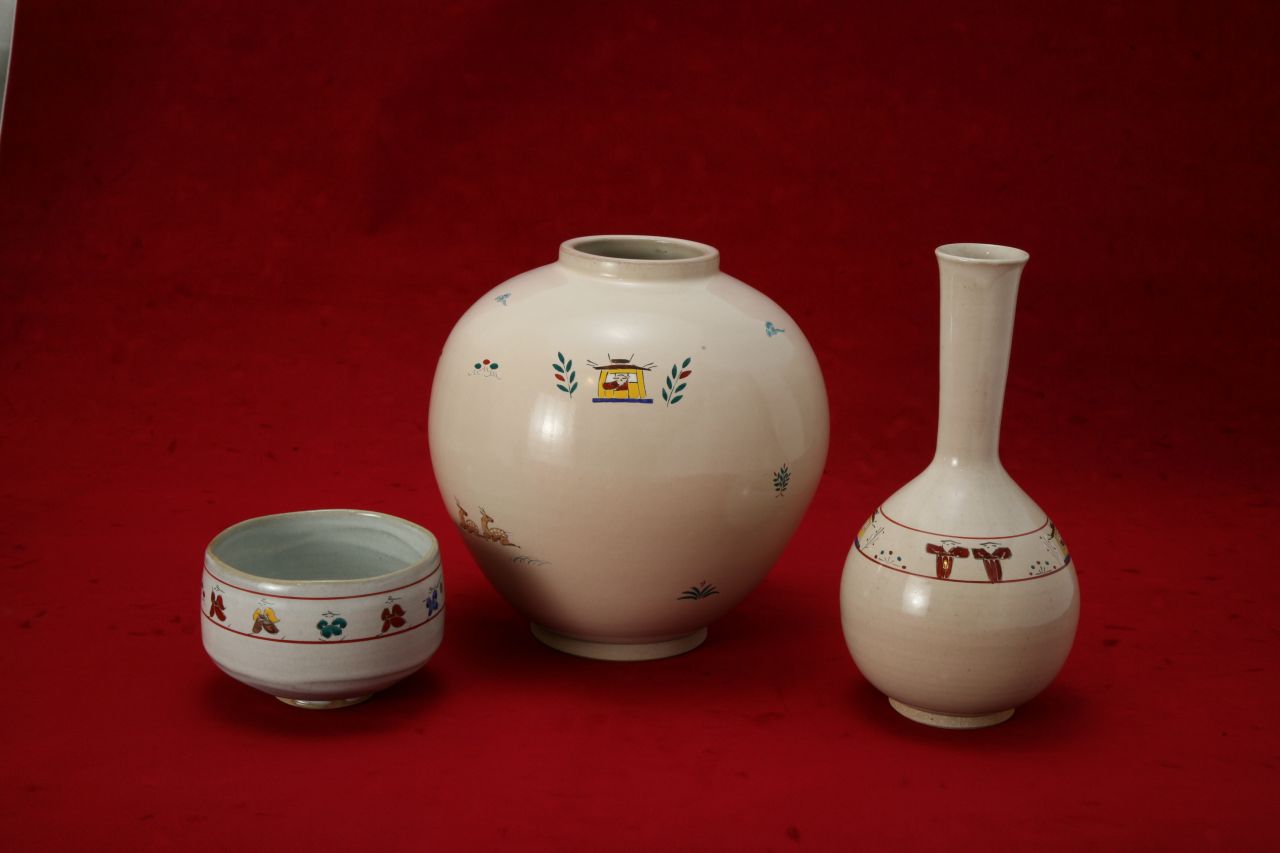
With protection and encouragement from the lord of Yamatokoriyama Castle, Akahada pottery became one of the tea-master Kobori Enshu’s seven favorite types of kiln, and pottery produced from it became known to be favored amongst tea enthusiasts. It has been know as the preferred pottery among masters of tea ceremony. Its reputation was elevated further still by Okuda Mokuhaku, many of whose pieces still remain today.
Ink Sticks
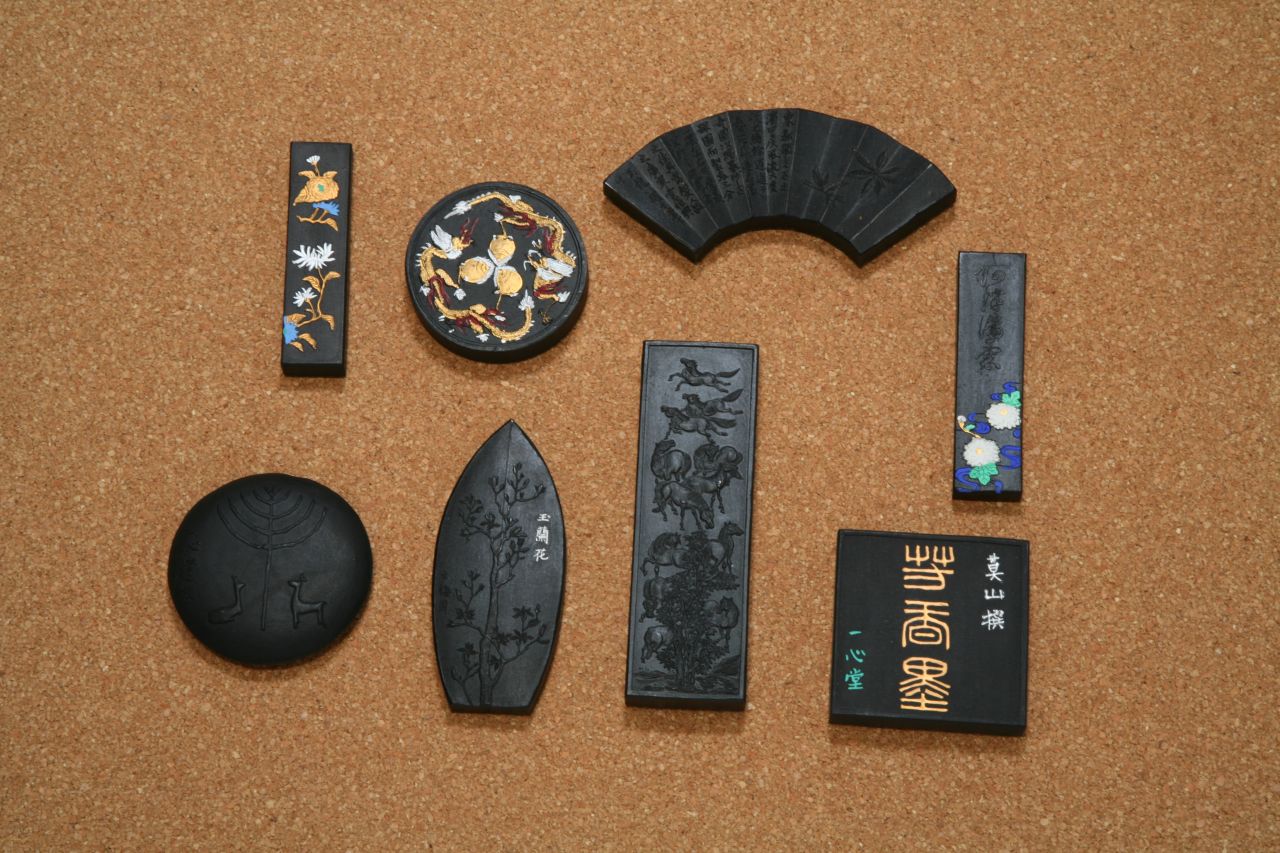
When Kukai brought the manufacturing method back from Tang China in 806, inksticks began to be produced first in Nitai-bo of Kohfukuji Temple. Even today, around 90% of Japan’s ink sticks are in Nara.
Nara Writing Brushes
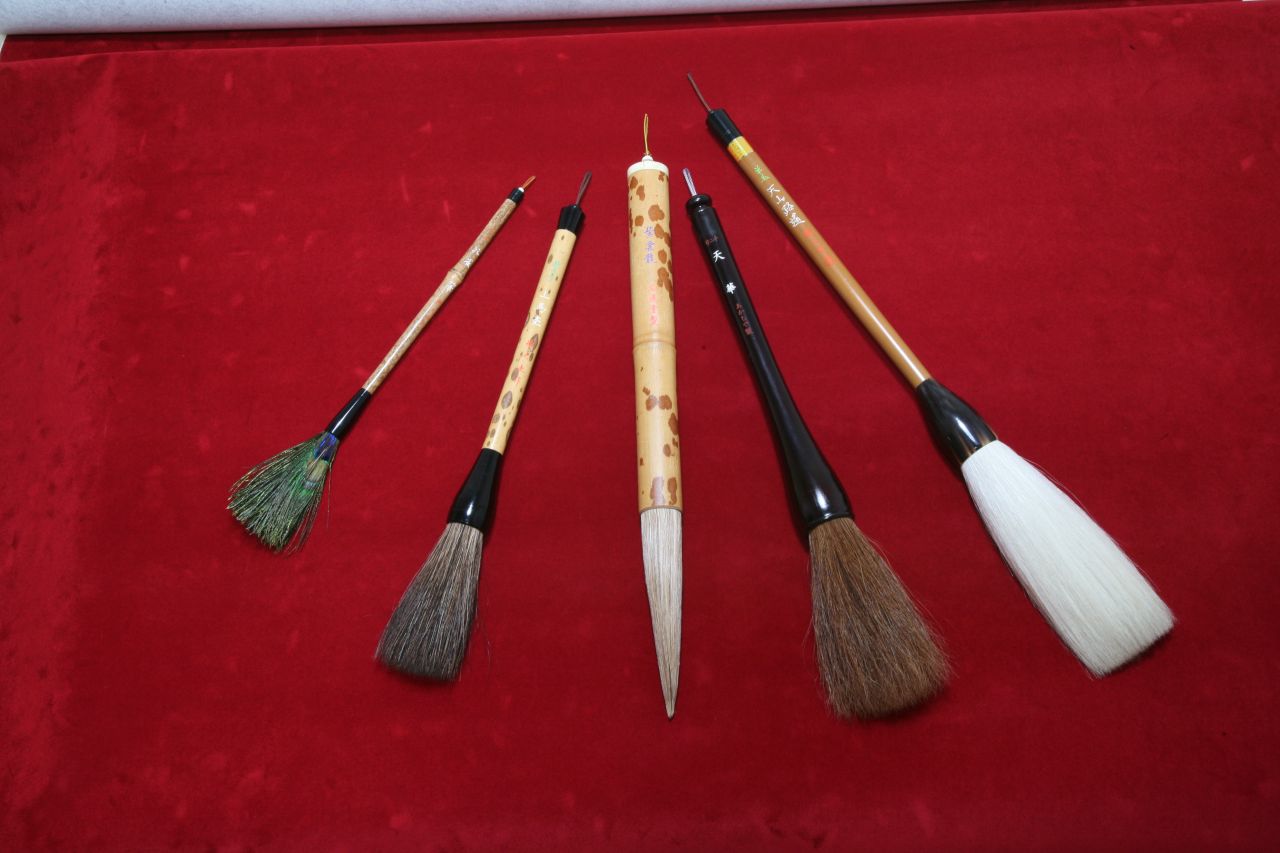
Kukai brought the manufacturing method of brushes along with inksticks. Nara preserves its presence as the originator of writing brush production in this country by centering on the manufacture of high-quality brushes.
Nara-zarashi (bleached hemp products)
Originating back to the Kojiki (Records of Ancient Matters) it was reputed to be "the greatest industry of the Southern Capital" in the 17th century. With a clean and refined texture, it is now produced to make tea cloth, table centerpieces with the treasures of Shosoin Hall as a motif and shop curtains, in addition to the ancient Kyogen (a traditional performing art) and bugaku (dance and music performed for the imperial court) costumes.
Lacquerware of Nara
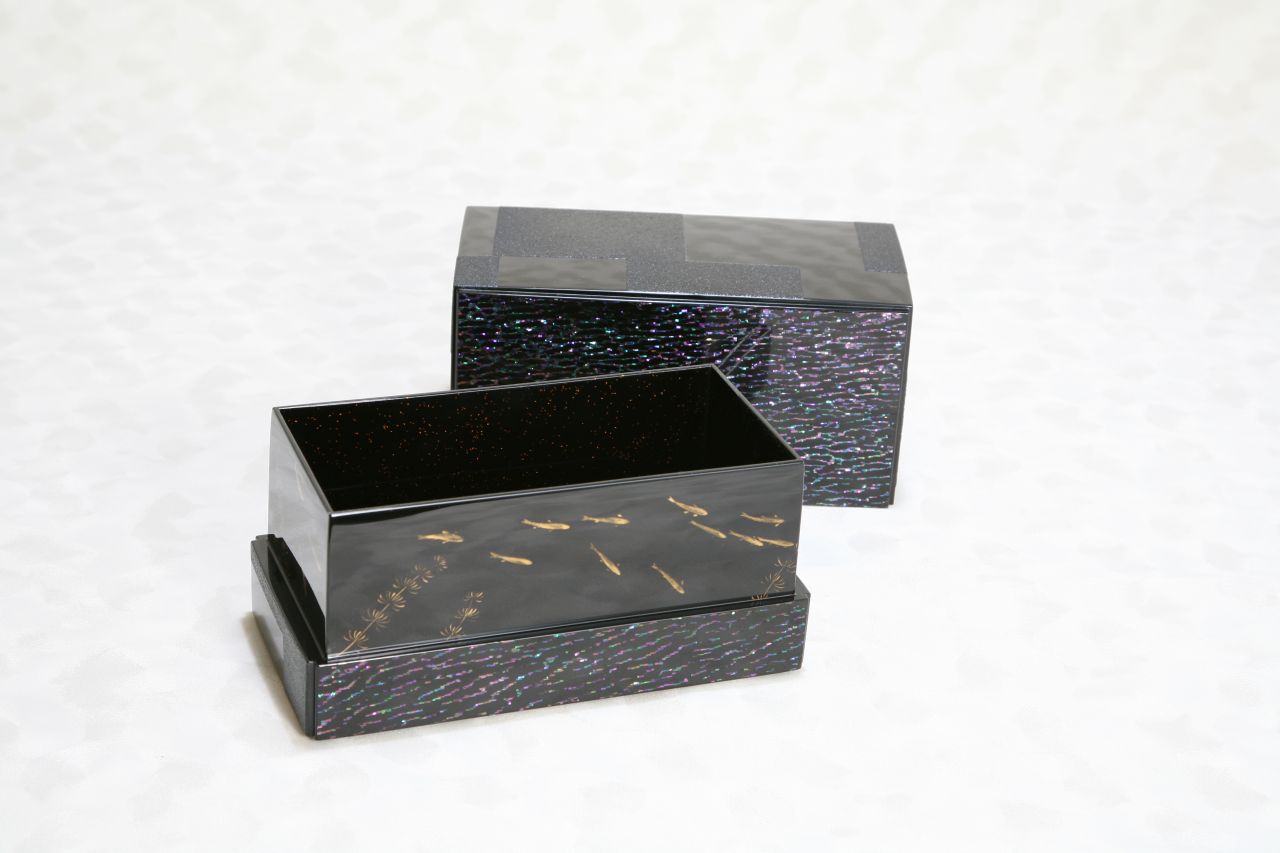
As the area of origin of lacquerware in Japan, even pieces modeled after the treasures of Shosoin Hall and treasures of other temples and shrines surpass being mere replicas. In particular, the method of mother-of-pearl lacquering unique to Nara has no superior.
Nara Dolls (carved from a single knife)
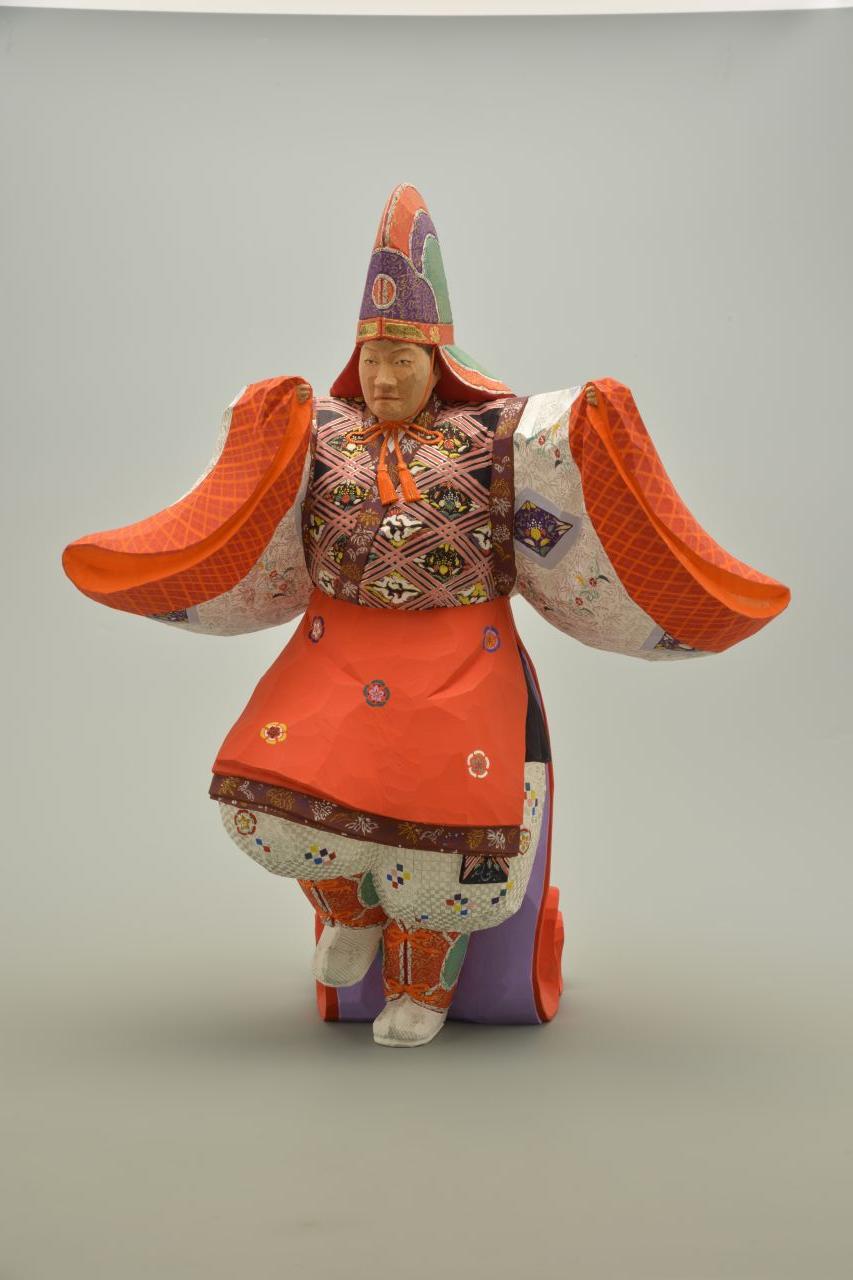
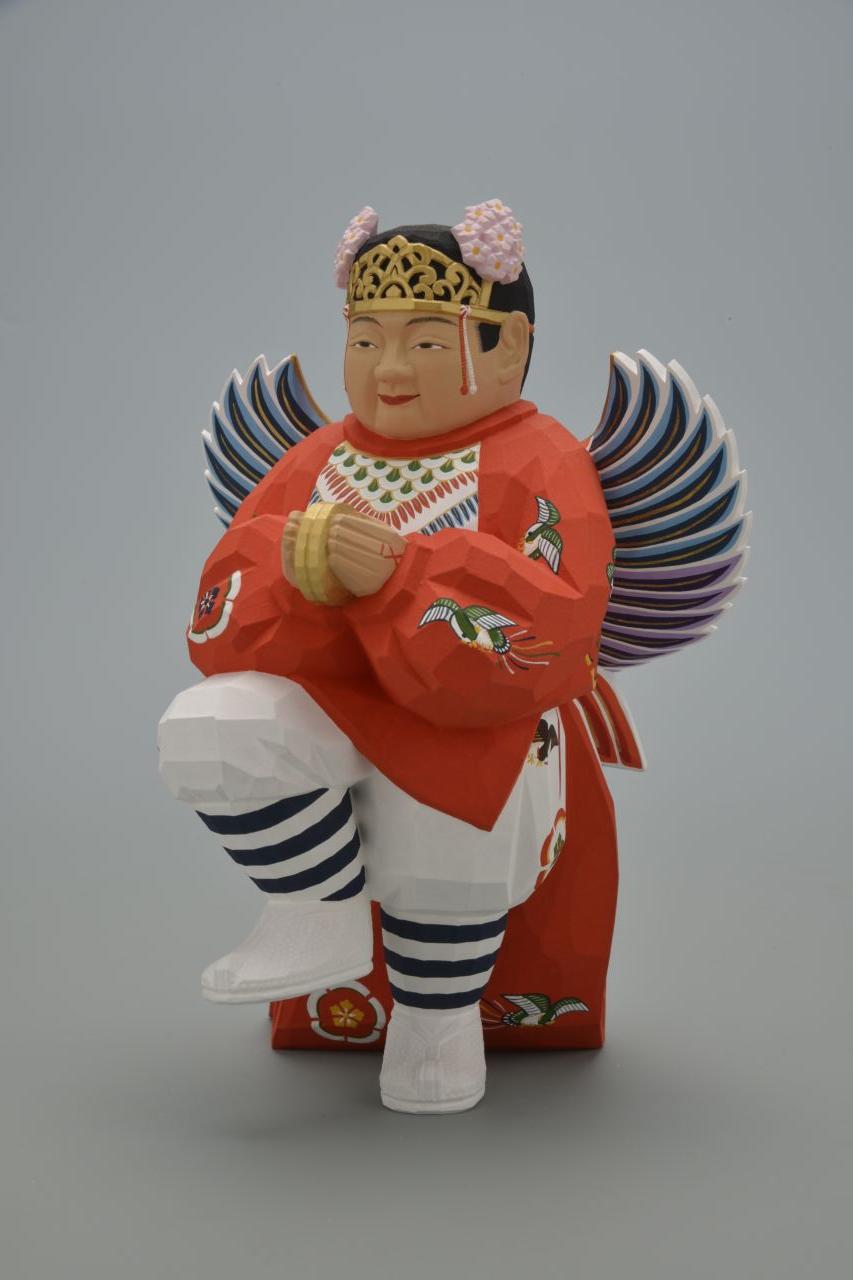
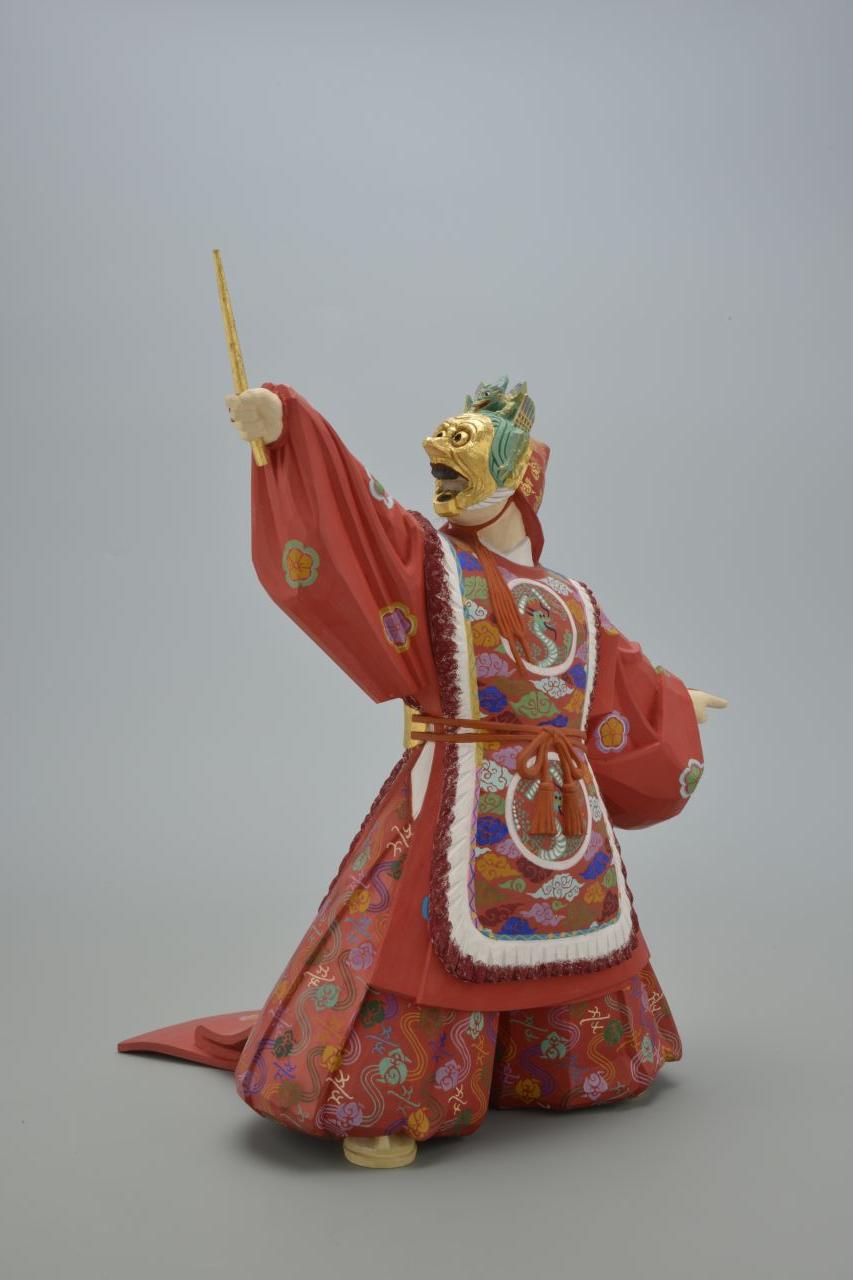
Beginning in the 12th century, it was used in the Kasuga Taisha Shrine Wakamiya festival. These pieces maintain a mysterious harmony of elaborate and rich colors on the sculpture, created through a dynamic way of carving.
Antler Crafts
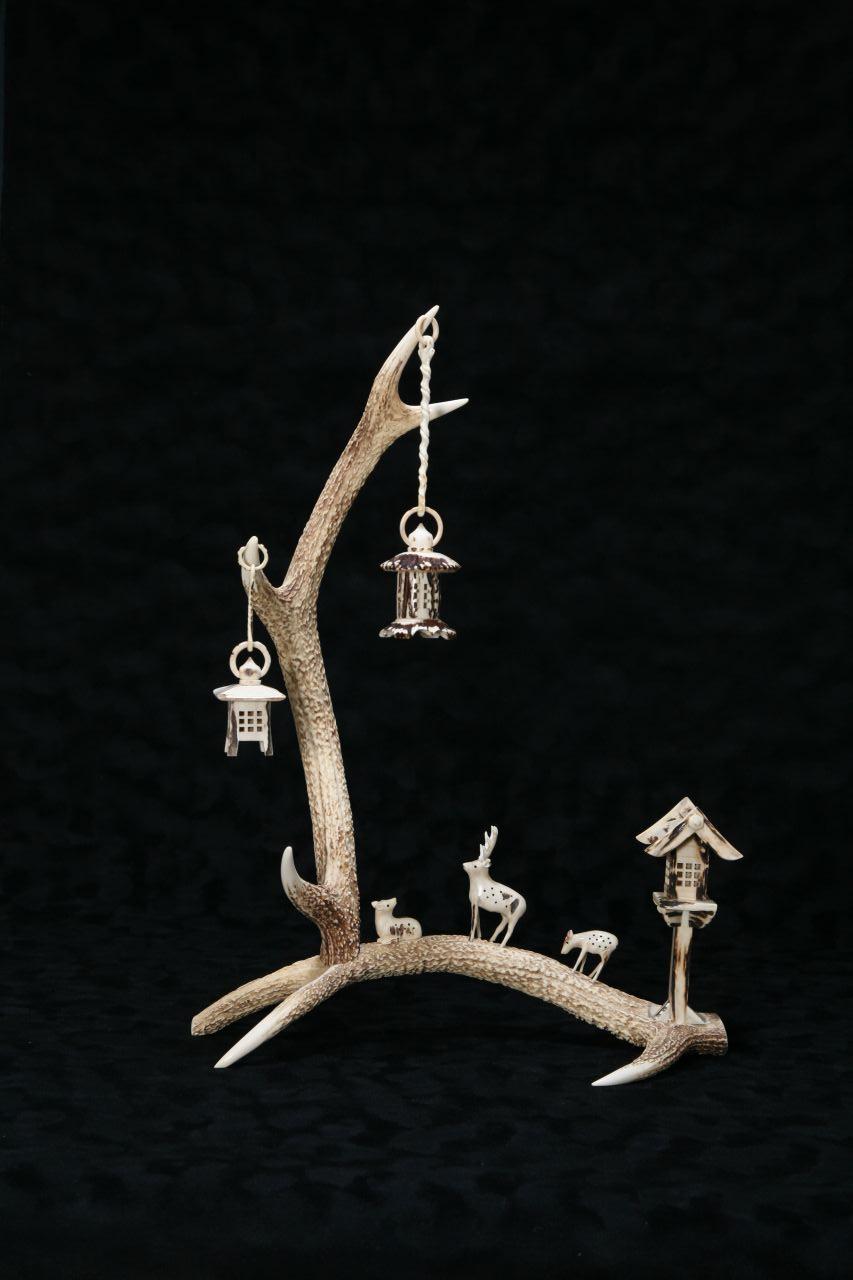
One of the annual events in Nara is "deer antler-cutting," which is said to have started in 1671, and antlers have been used ever since, processed in various ways to make local special products.
Nara Roofing Tiles
Being the originator of roofing tiles in this country, Nara roofing tiles able to survive for ages are produced here, techniques and traditions handed down through generations for over 1,400 years.
Nara Fans
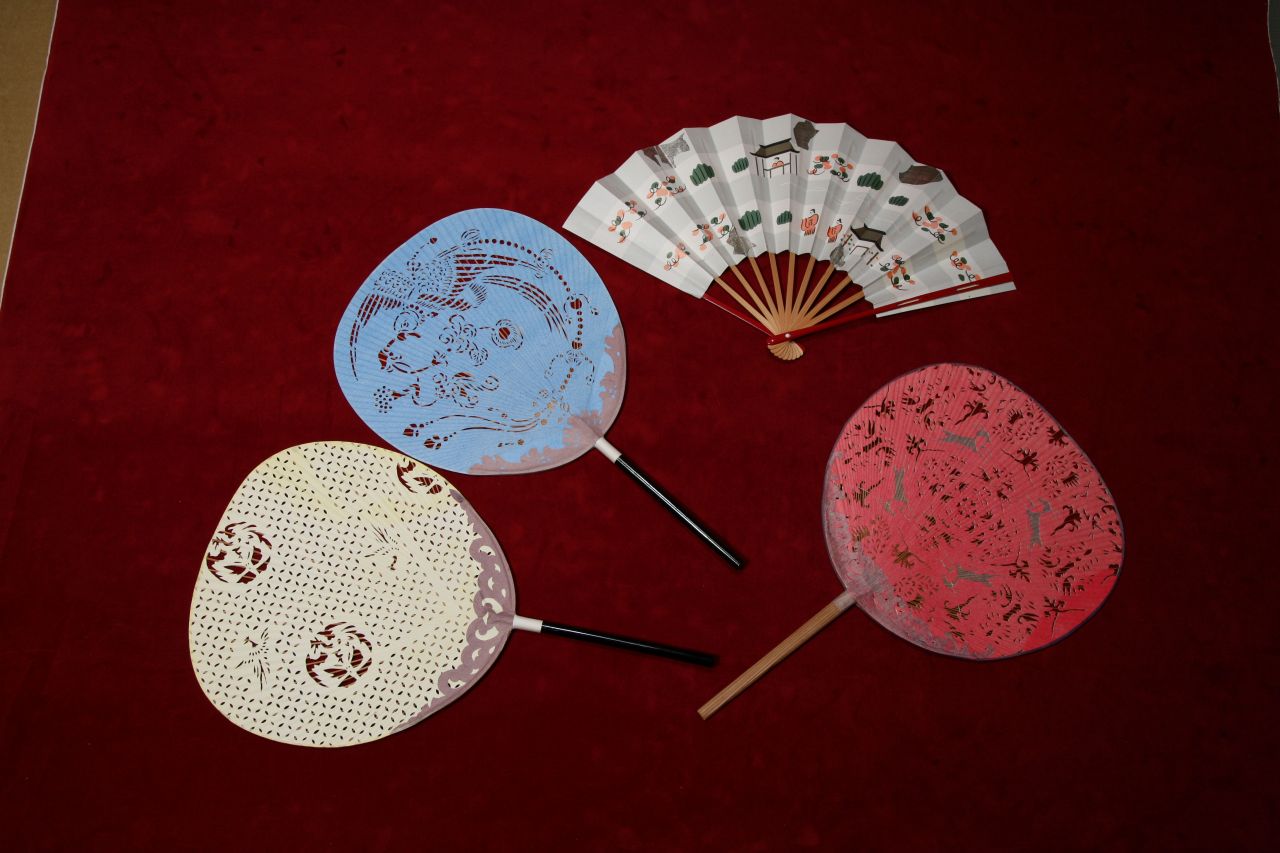
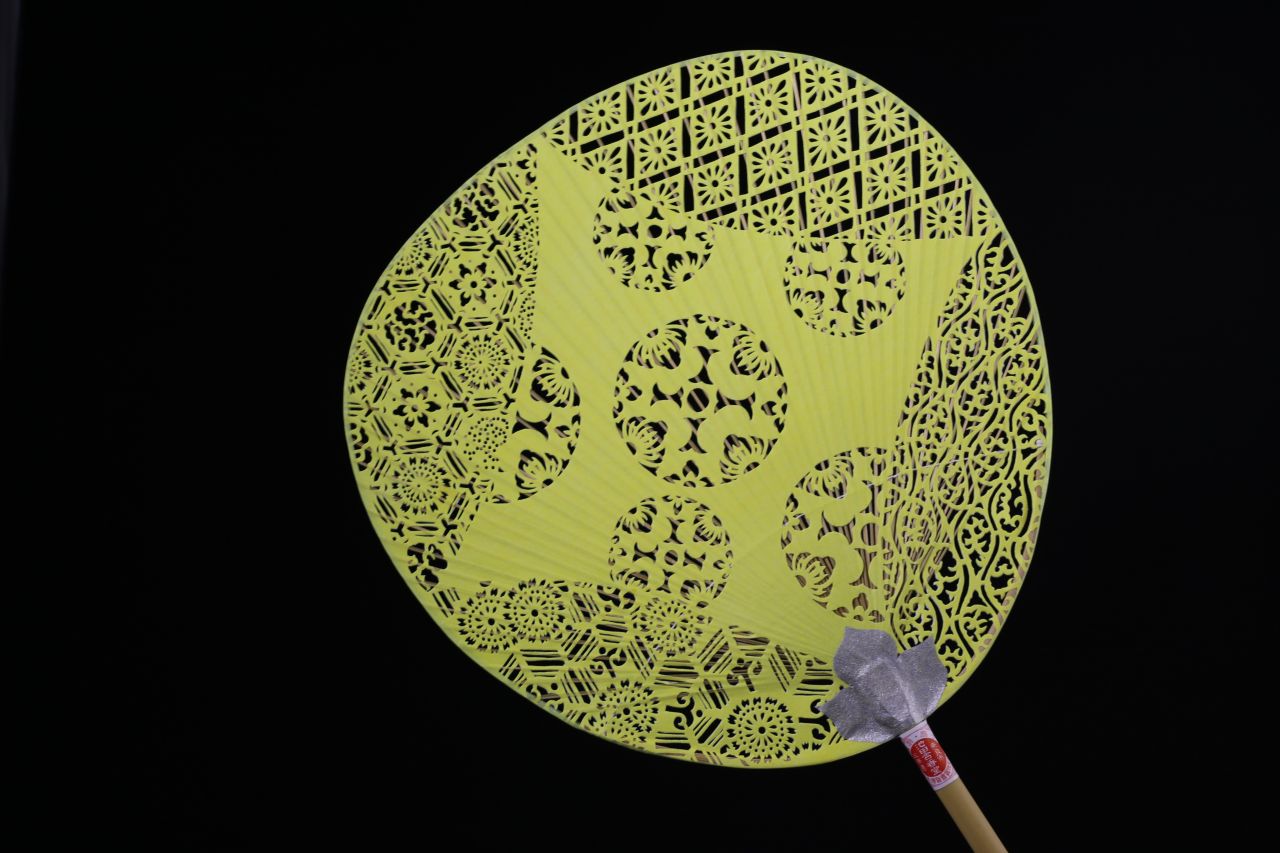
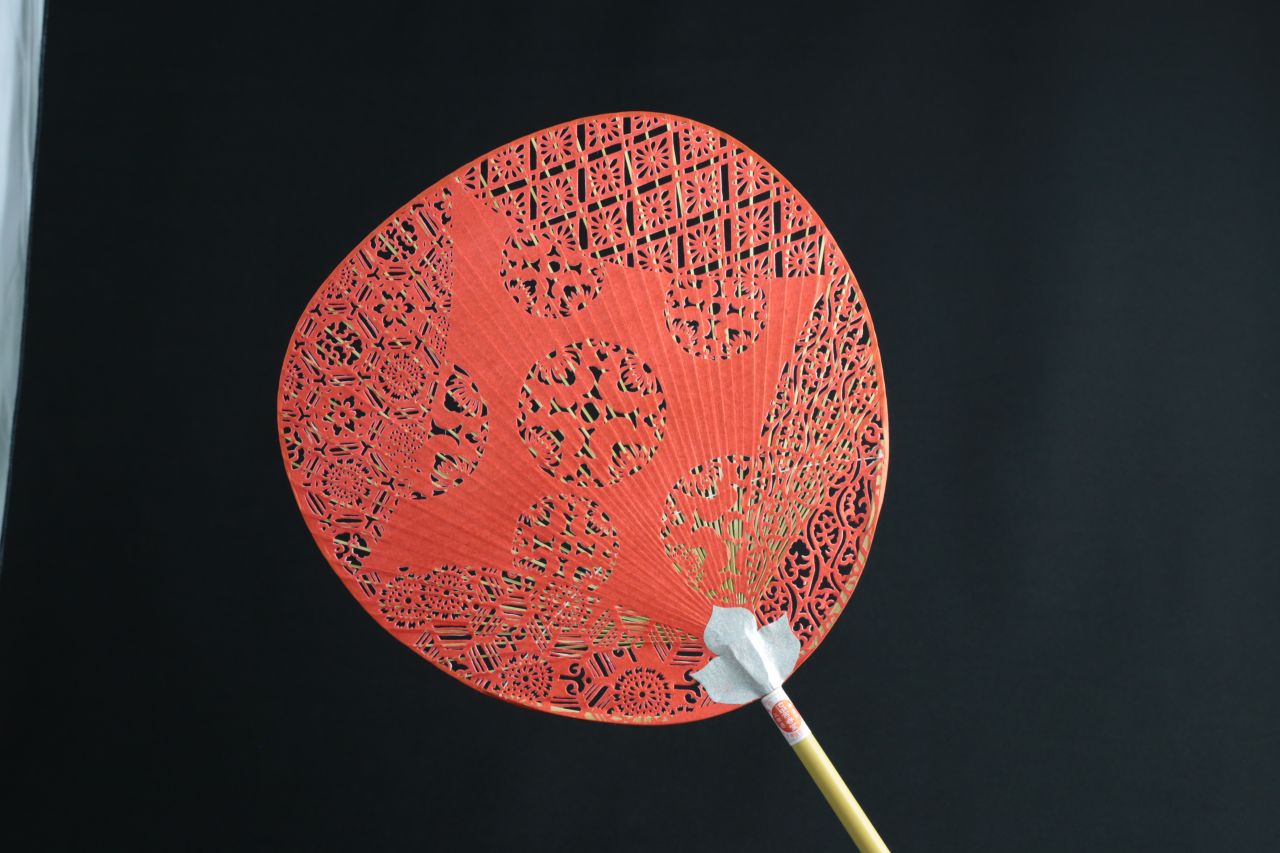
These originate from when the priest of Kasuga Taisha Shrine made one to imitate the shape of a weapon. These elegant objects have patterns of Shoshoin Hall and scenes from Nara depicted in openwork.
>>Nara City Sightseeing Guide top
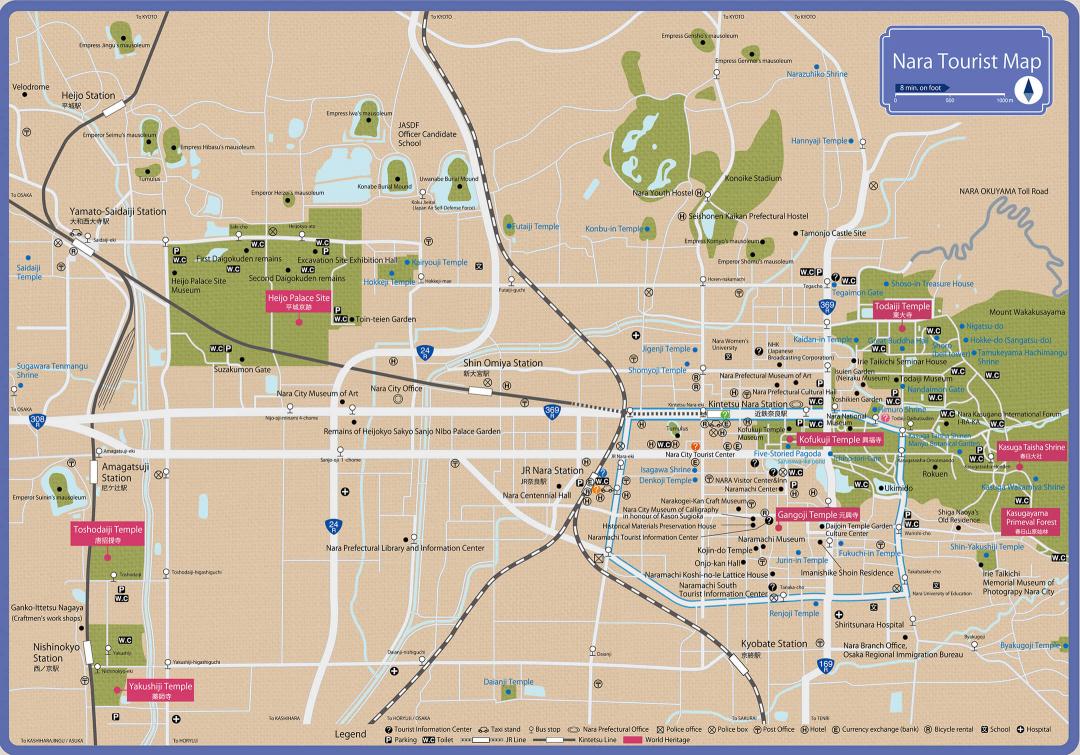
Kogakumen Masks (Masks of Early Music)

During the reign of Empress Suiko in the beginning of the 7th century, ancient masks entered the country from continental Asia as one of the Buddhist arts, along with Buddhism itself. Kogakumen masks are made primarily for ornamental purposes, imitating these ancient Japanese masks used in bugaku and gigaku (dance and music performed for the imperial court and temples). On the other hand, some artists create wooden masks that can be used in Noh and Kyogen performances.
Mosquito Nets
The mosquito net was introduced from Tang China and from the mid-17th century, it became to be known as an oji-kaya (large area mosquito net). In 1877, cotton mosquito nets were produced, and they became the foundation for the development of Nara mosquito nets.
Akahada Pottery

With protection and encouragement from the lord of Yamatokoriyama Castle, Akahada pottery became one of the tea-master Kobori Enshu’s seven favorite types of kiln, and pottery produced from it became known to be favored amongst tea enthusiasts. It has been know as the preferred pottery among masters of tea ceremony. Its reputation was elevated further still by Okuda Mokuhaku, many of whose pieces still remain today.
Ink Sticks

When Kukai brought the manufacturing method back from Tang China in 806, inksticks began to be produced first in Nitai-bo of Kohfukuji Temple. Even today, around 90% of Japan’s ink sticks are in Nara.
Nara Writing Brushes

Kukai brought the manufacturing method of brushes along with inksticks. Nara preserves its presence as the originator of writing brush production in this country by centering on the manufacture of high-quality brushes.
Nara-zarashi (bleached hemp products)
Originating back to the Kojiki (Records of Ancient Matters) it was reputed to be "the greatest industry of the Southern Capital" in the 17th century. With a clean and refined texture, it is now produced to make tea cloth, table centerpieces with the treasures of Shosoin Hall as a motif and shop curtains, in addition to the ancient Kyogen (a traditional performing art) and bugaku (dance and music performed for the imperial court) costumes.
Lacquerware of Nara

As the area of origin of lacquerware in Japan, even pieces modeled after the treasures of Shosoin Hall and treasures of other temples and shrines surpass being mere replicas. In particular, the method of mother-of-pearl lacquering unique to Nara has no superior.
Nara Dolls (carved from a single knife)



Beginning in the 12th century, it was used in the Kasuga Taisha Shrine Wakamiya festival. These pieces maintain a mysterious harmony of elaborate and rich colors on the sculpture, created through a dynamic way of carving.
Antler Crafts

One of the annual events in Nara is "deer antler-cutting," which is said to have started in 1671, and antlers have been used ever since, processed in various ways to make local special products.
Nara Roofing Tiles
Being the originator of roofing tiles in this country, Nara roofing tiles able to survive for ages are produced here, techniques and traditions handed down through generations for over 1,400 years.
Nara Fans



These originate from when the priest of Kasuga Taisha Shrine made one to imitate the shape of a weapon. These elegant objects have patterns of Shoshoin Hall and scenes from Nara depicted in openwork.
>>Nara City Sightseeing Guide top

Copyright © 2016 Nara city. ALL Rights Reserved.
